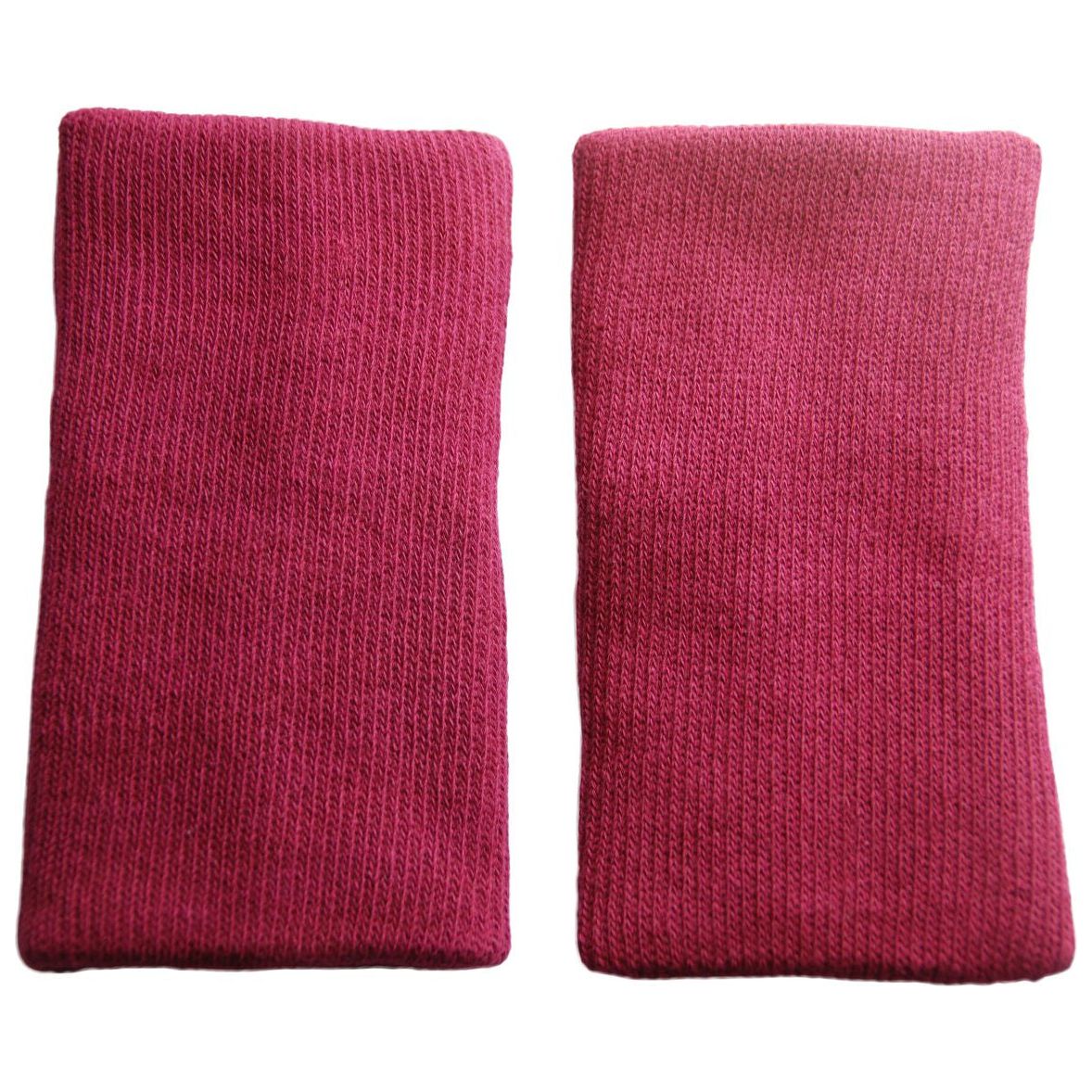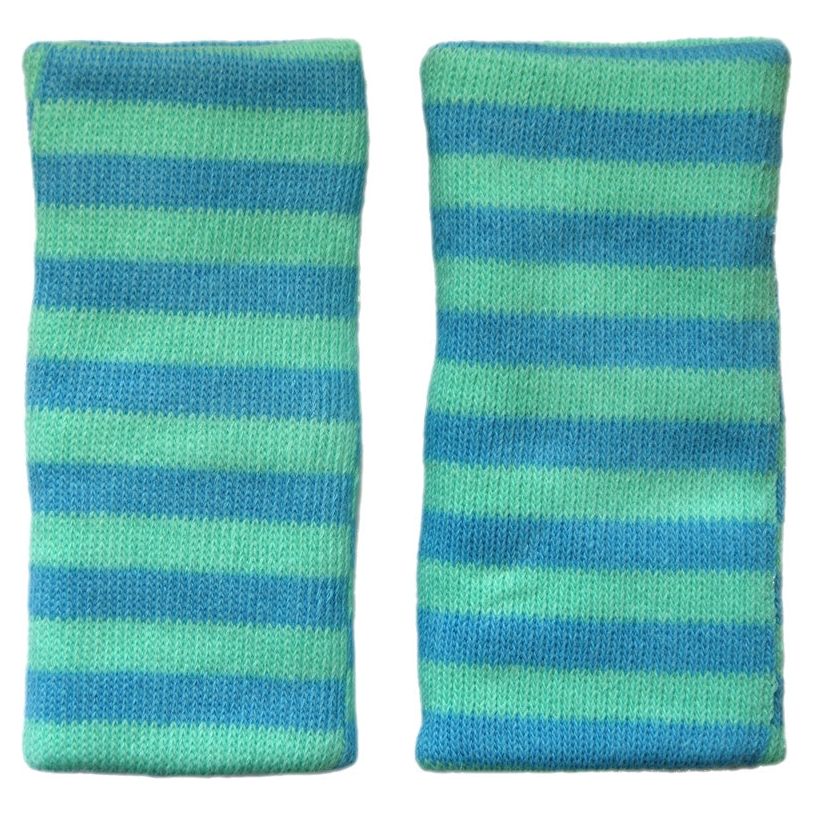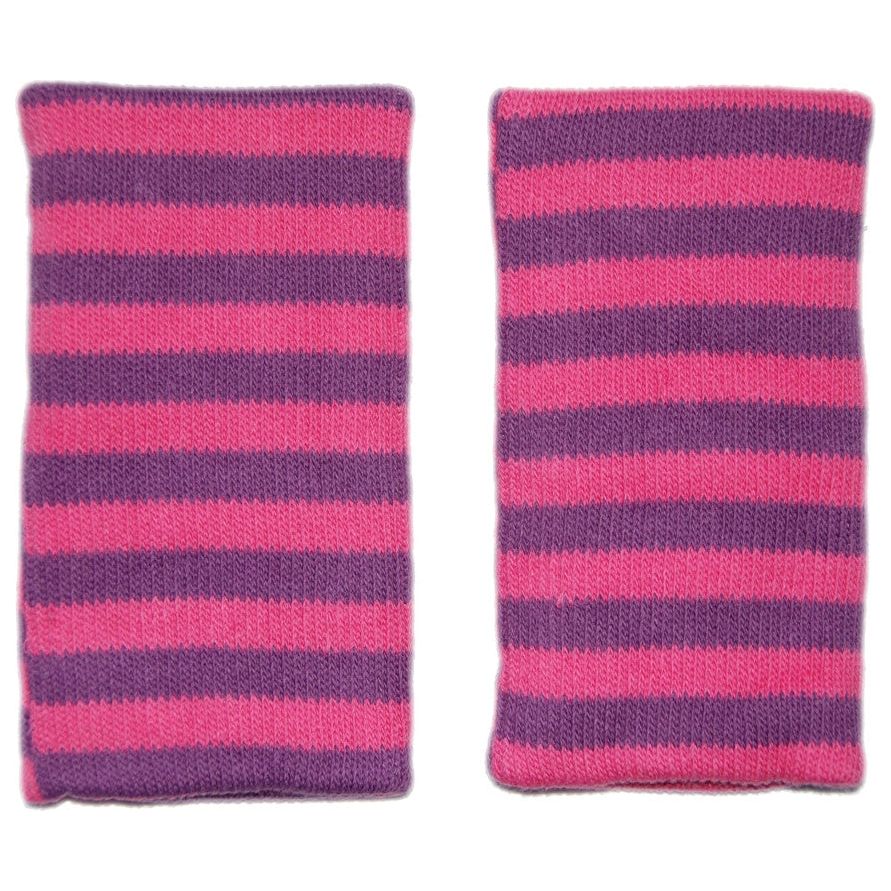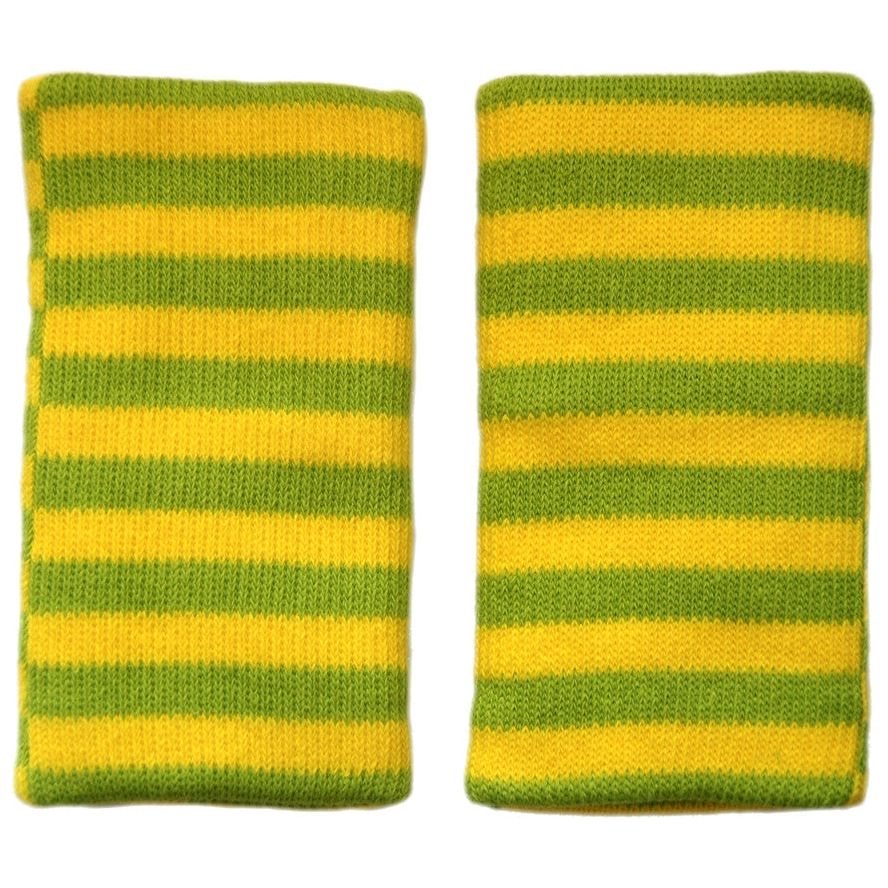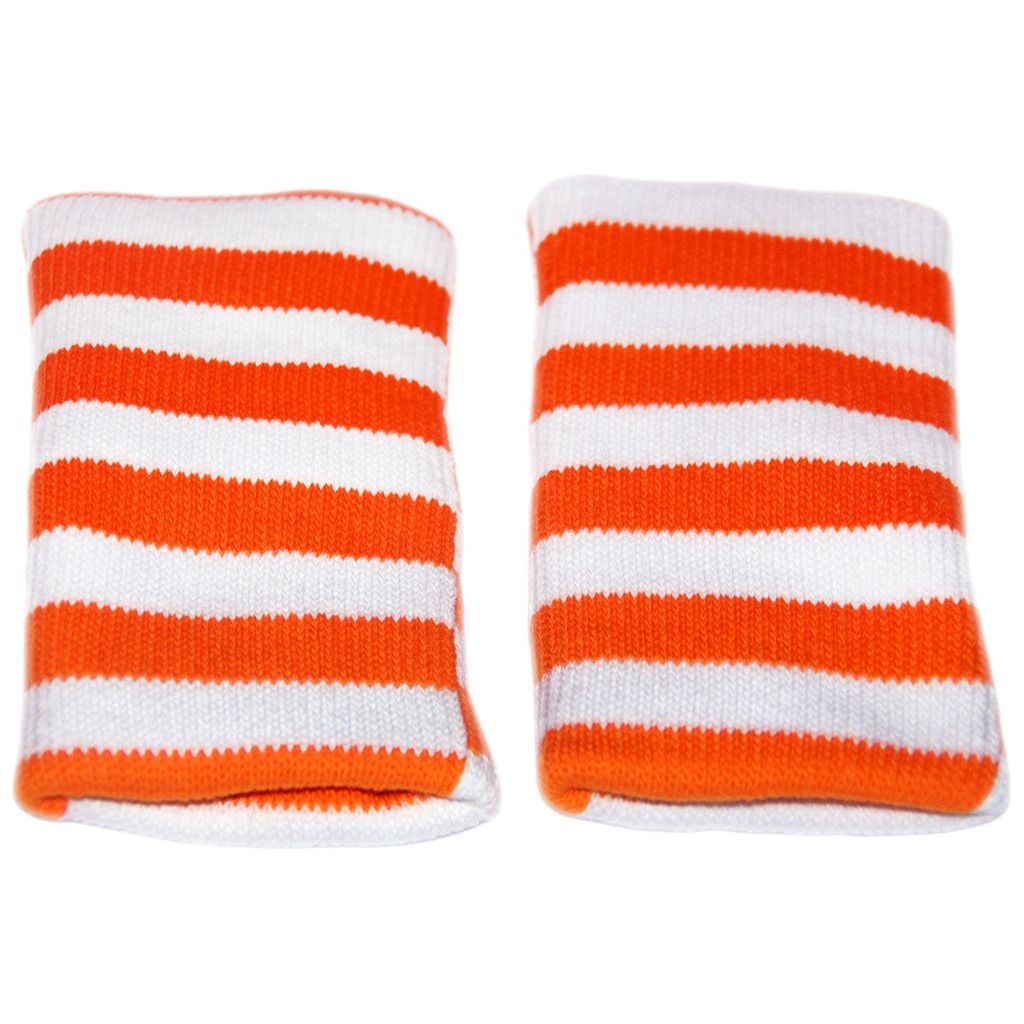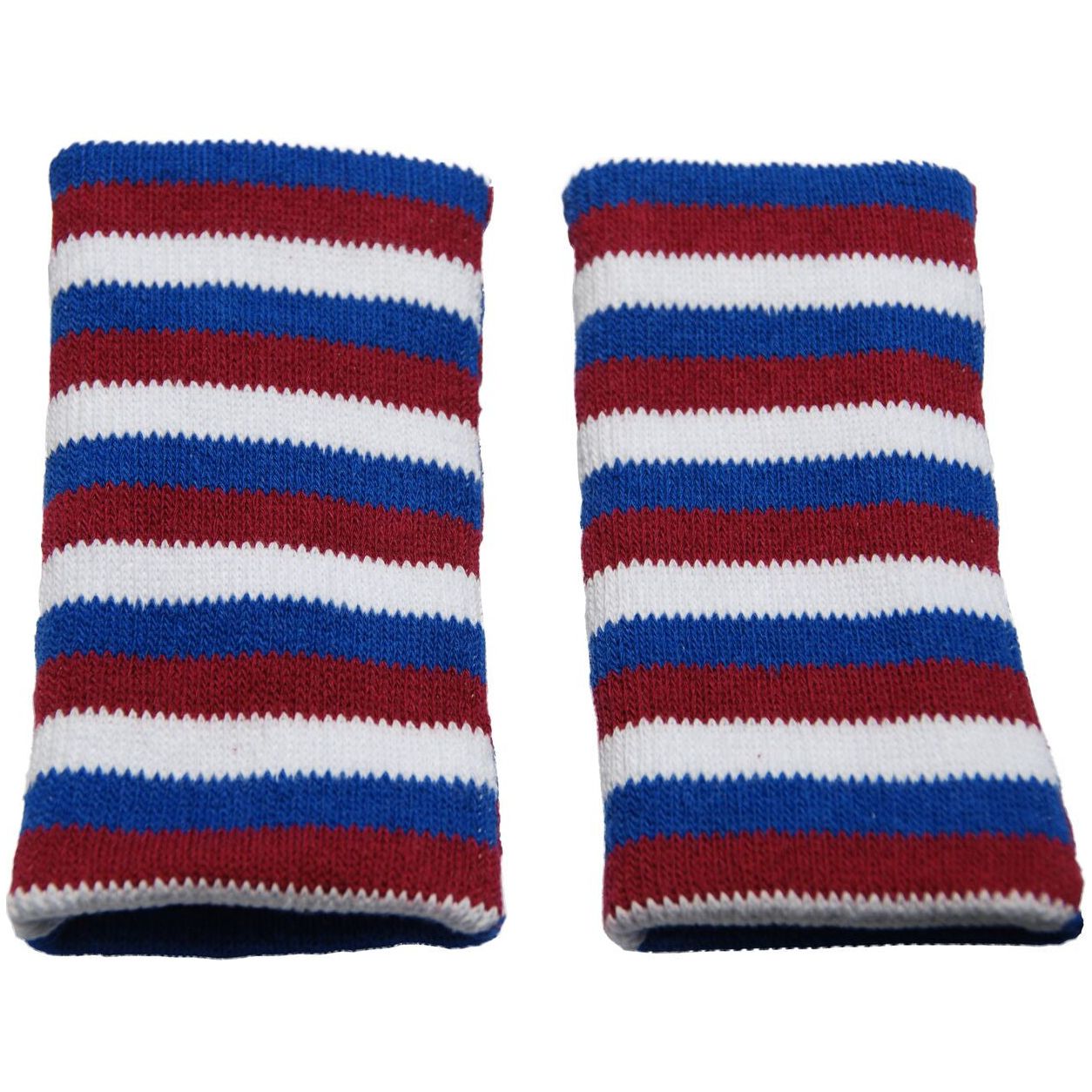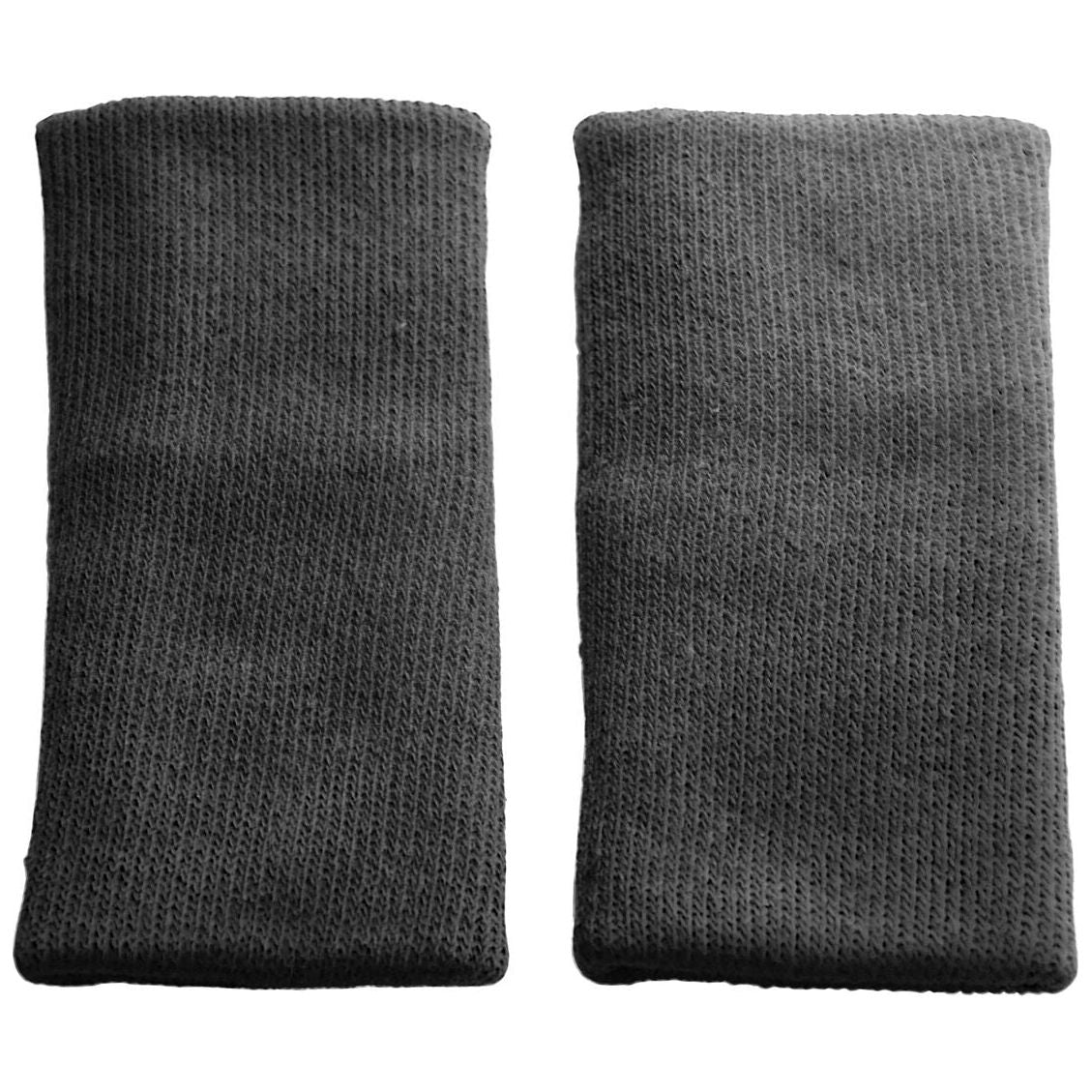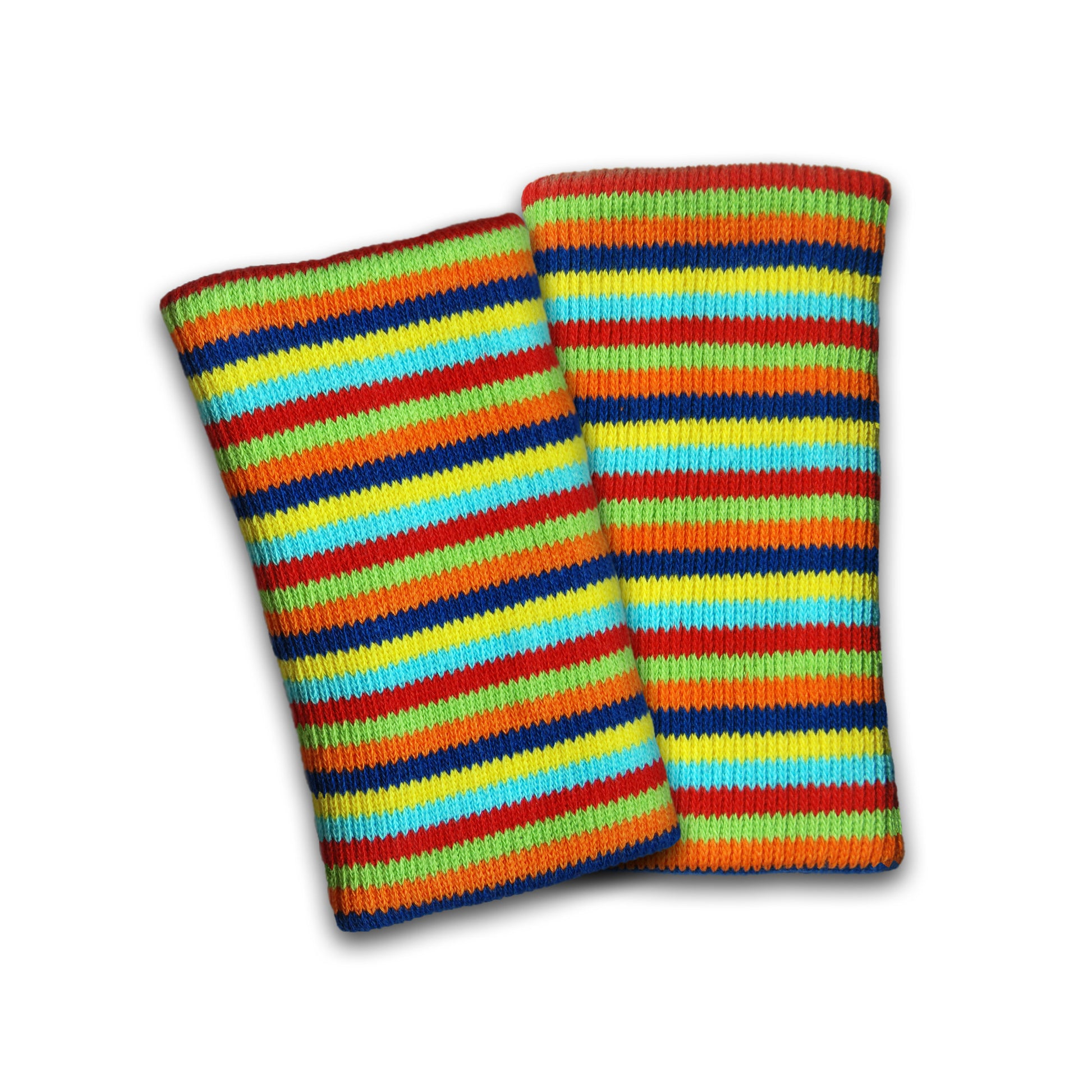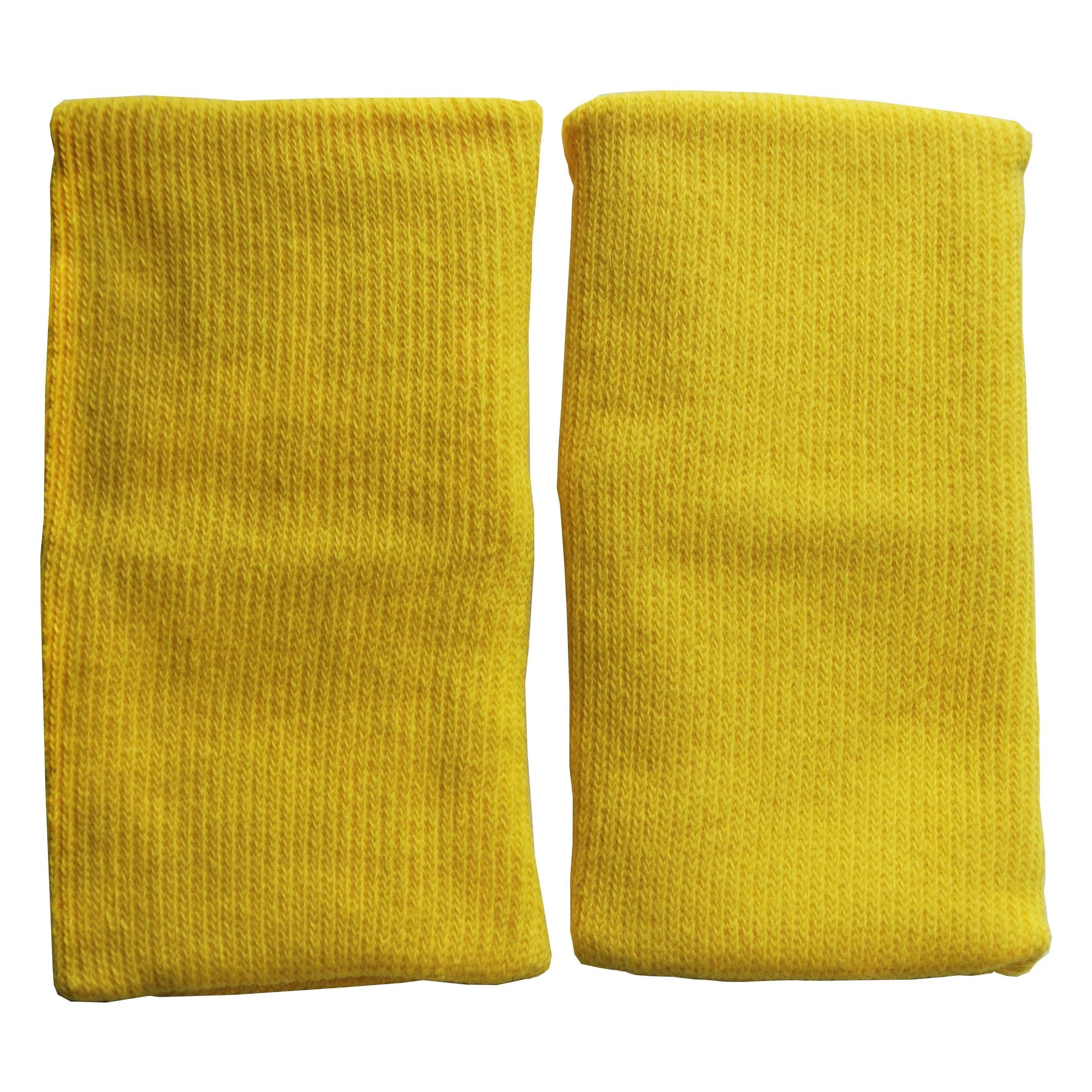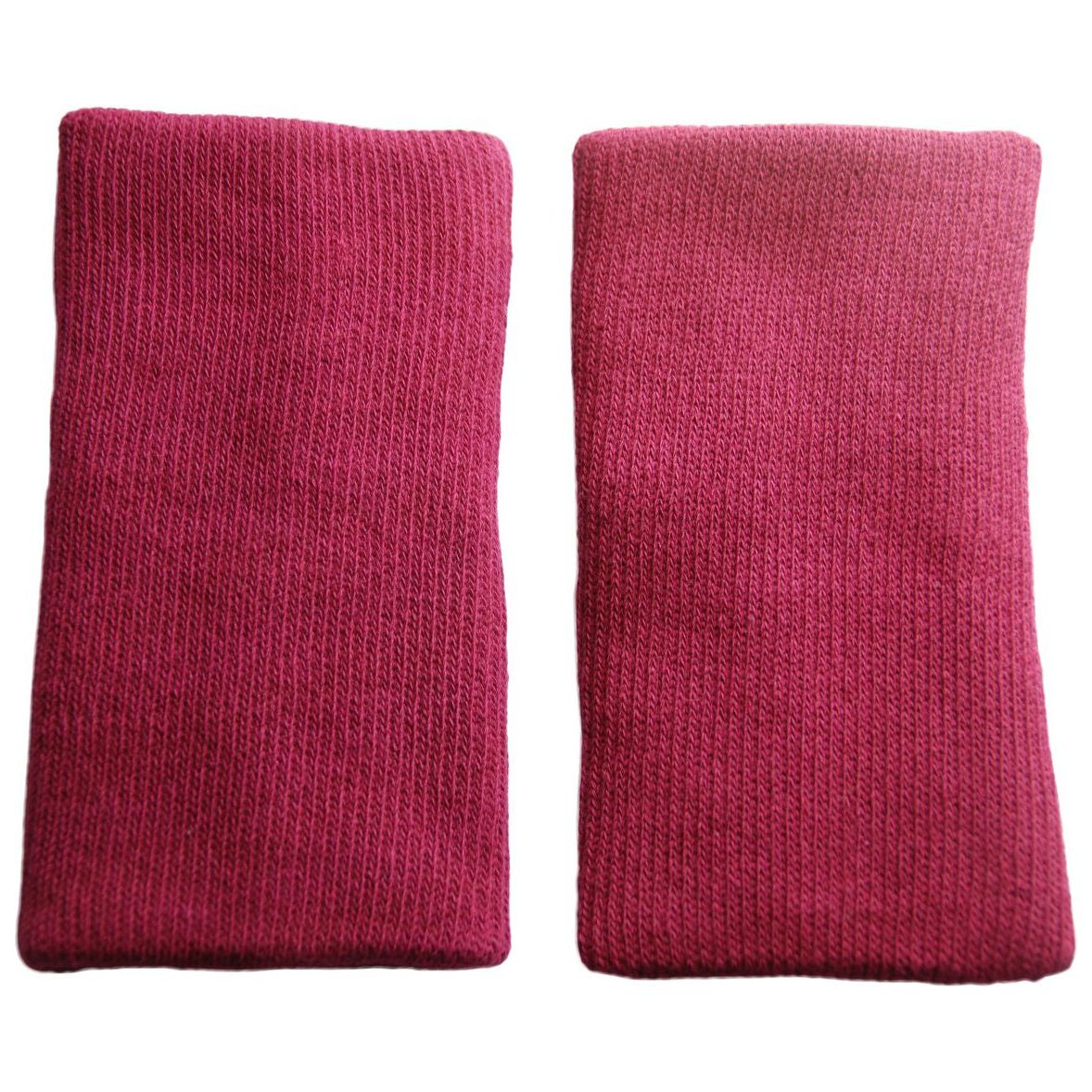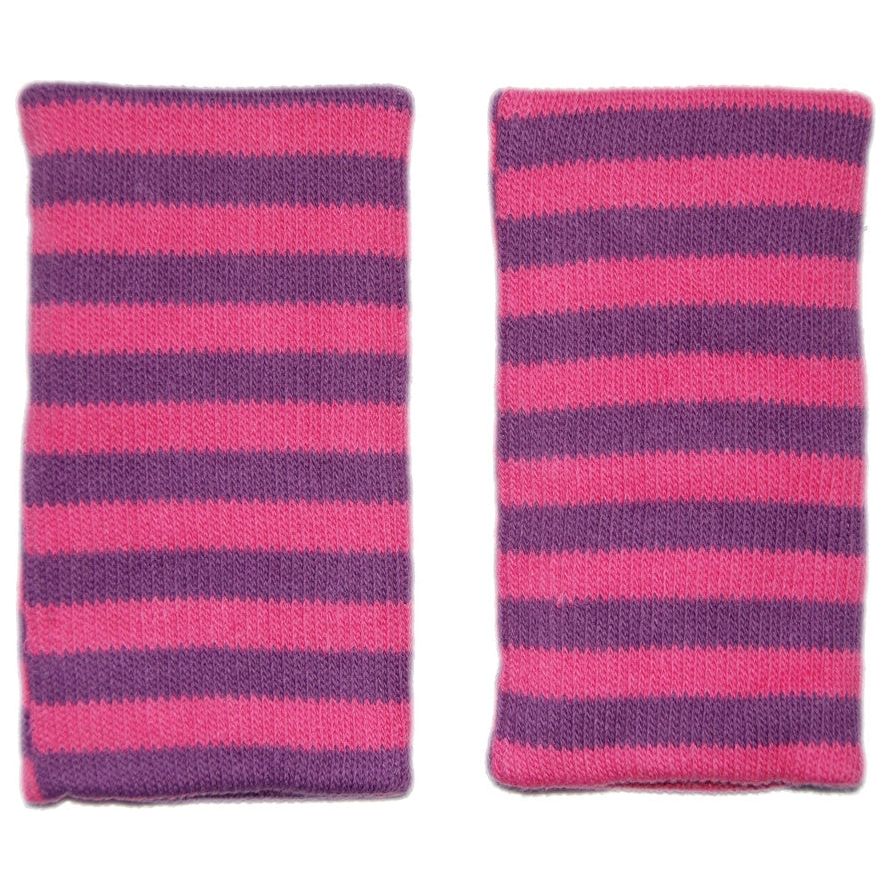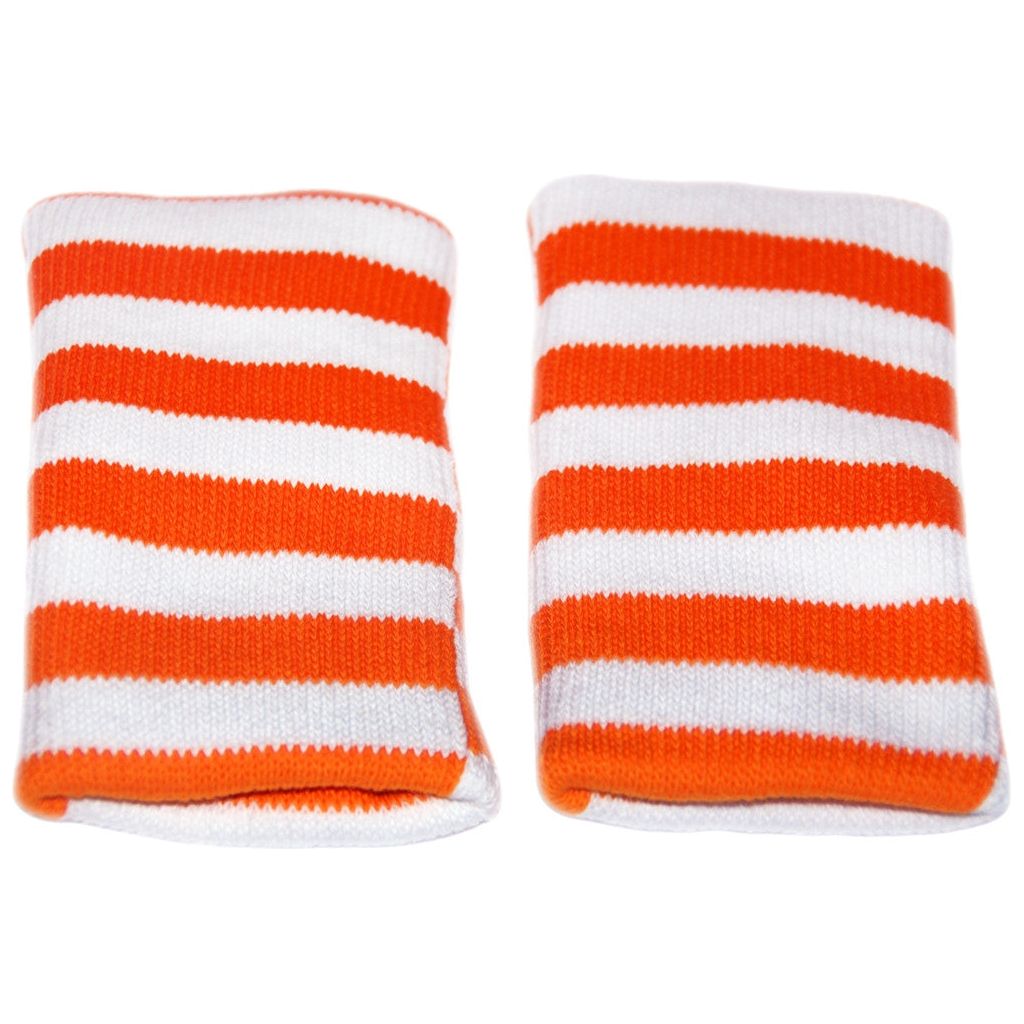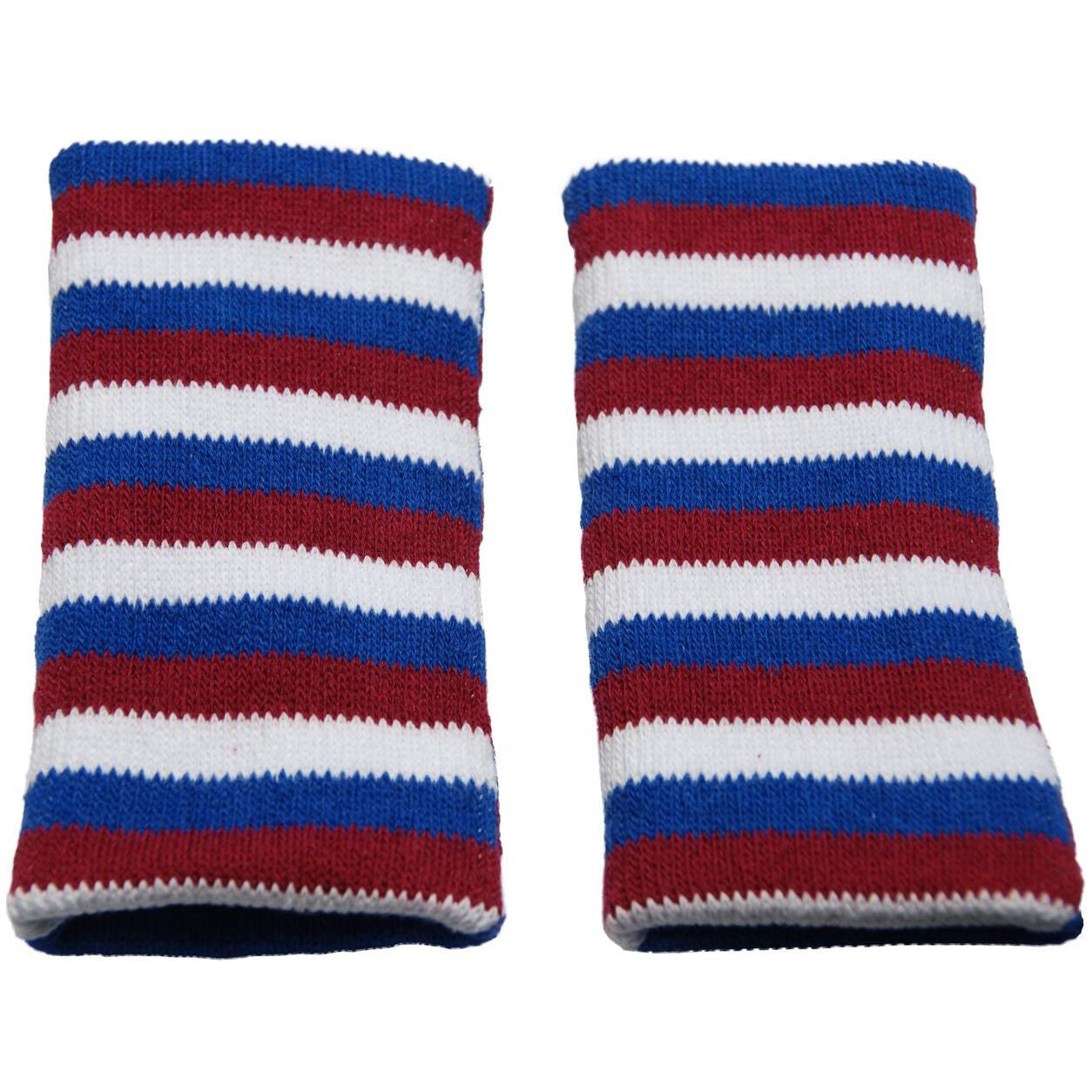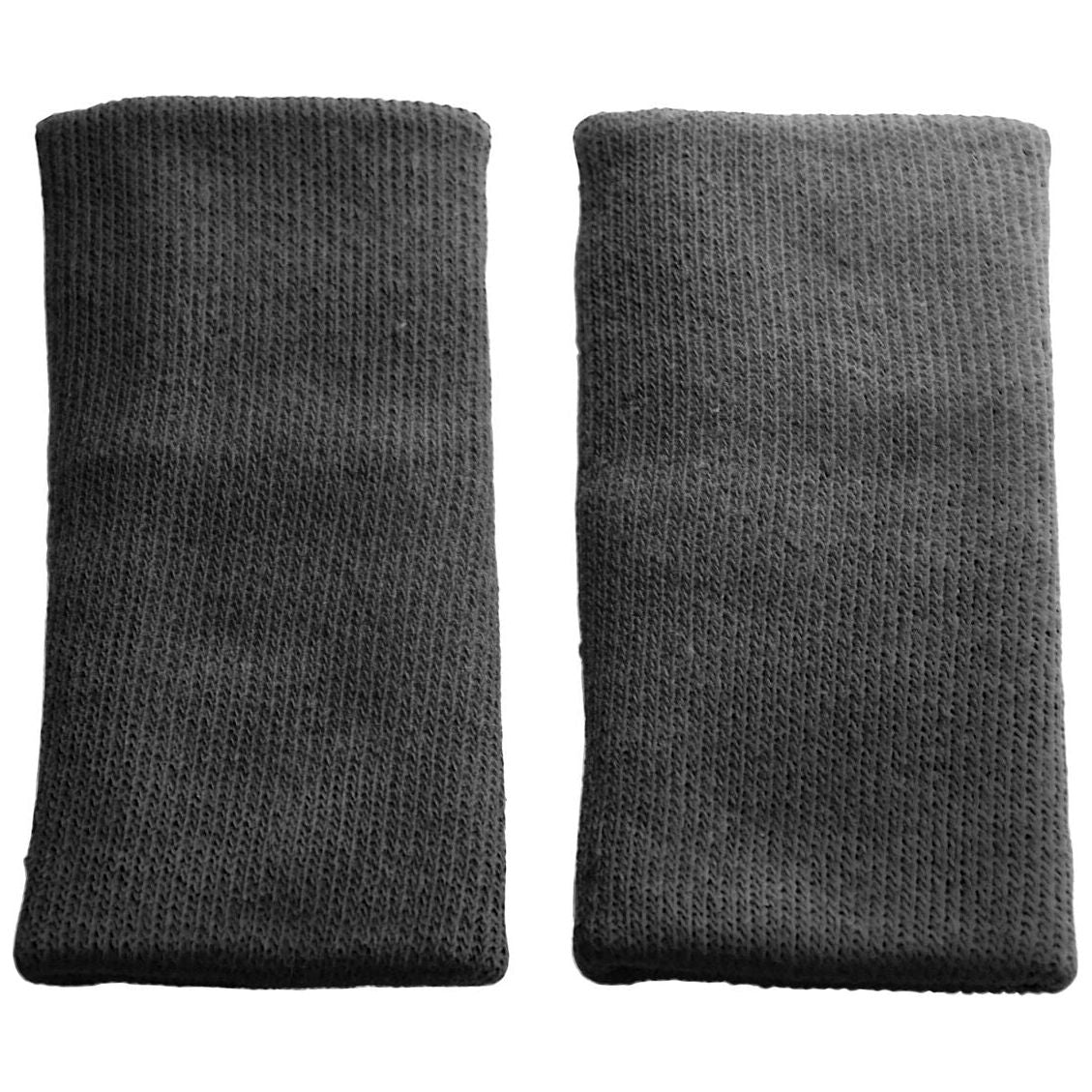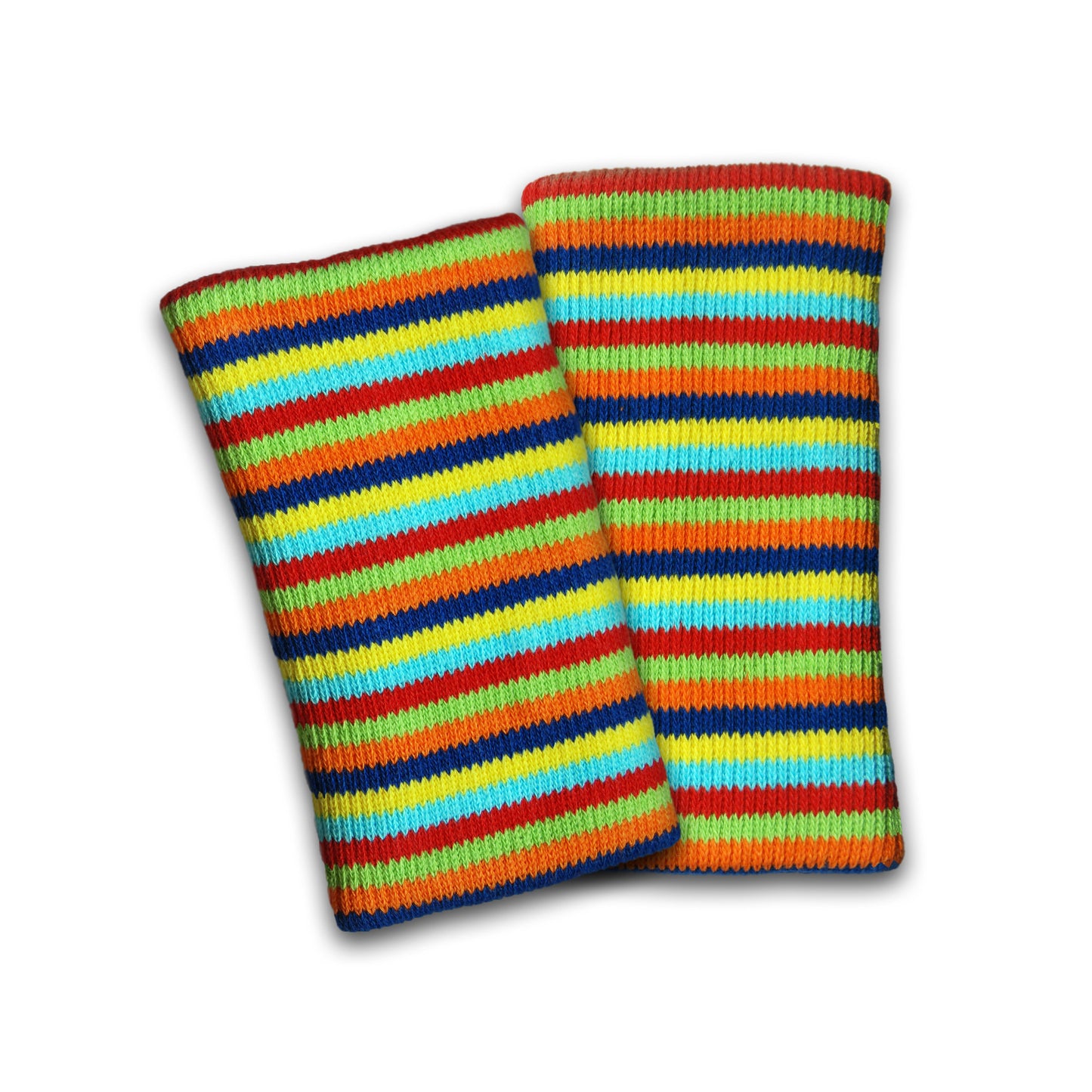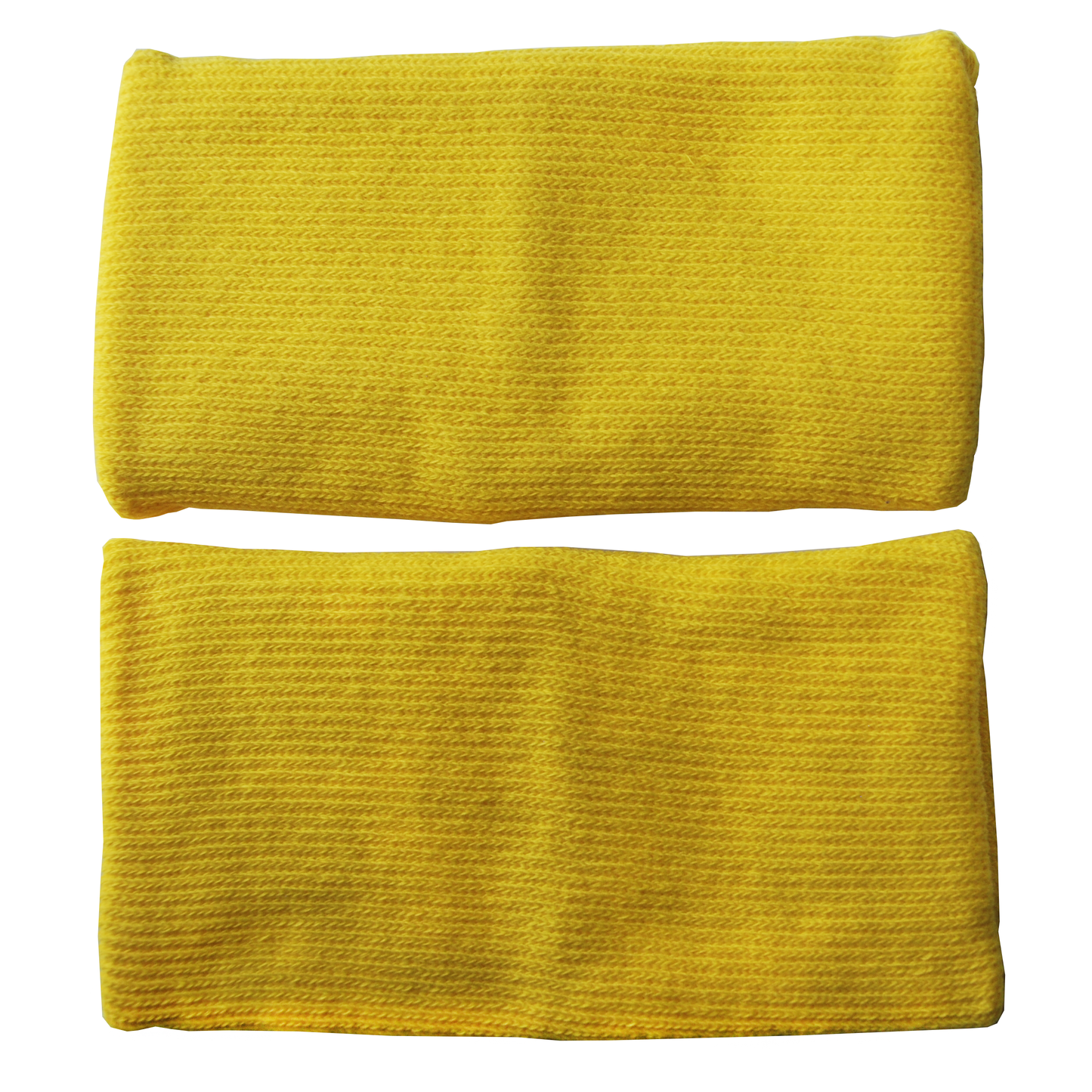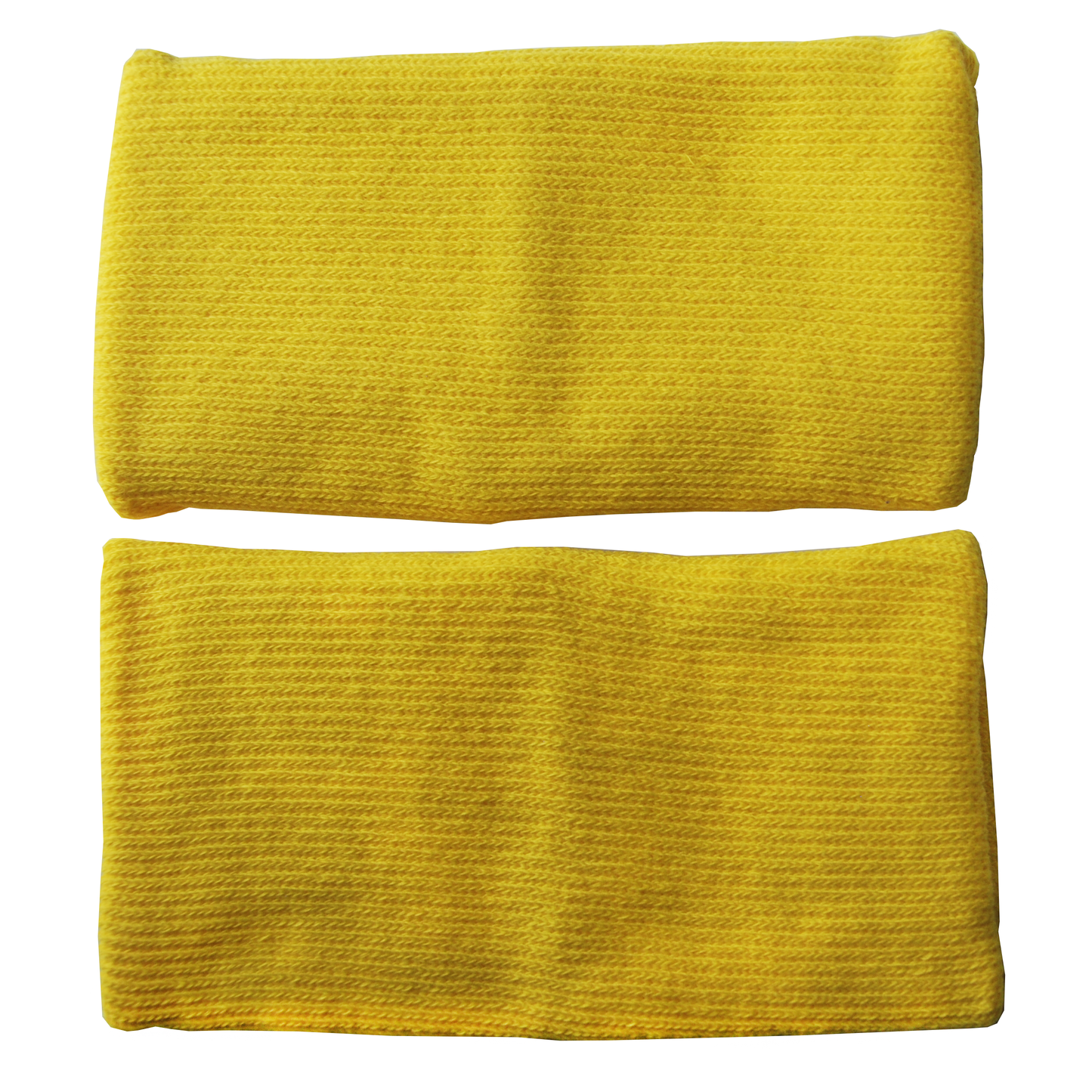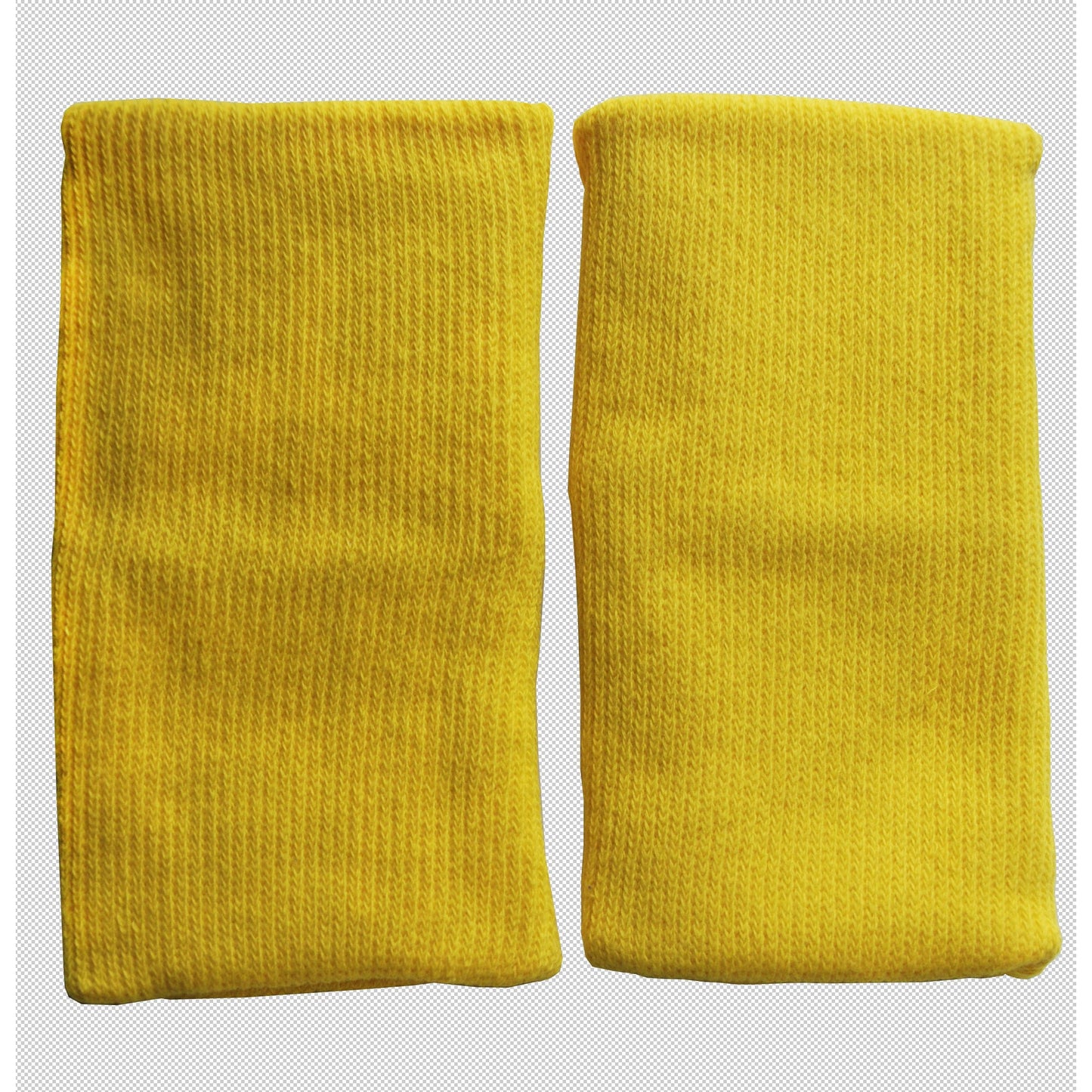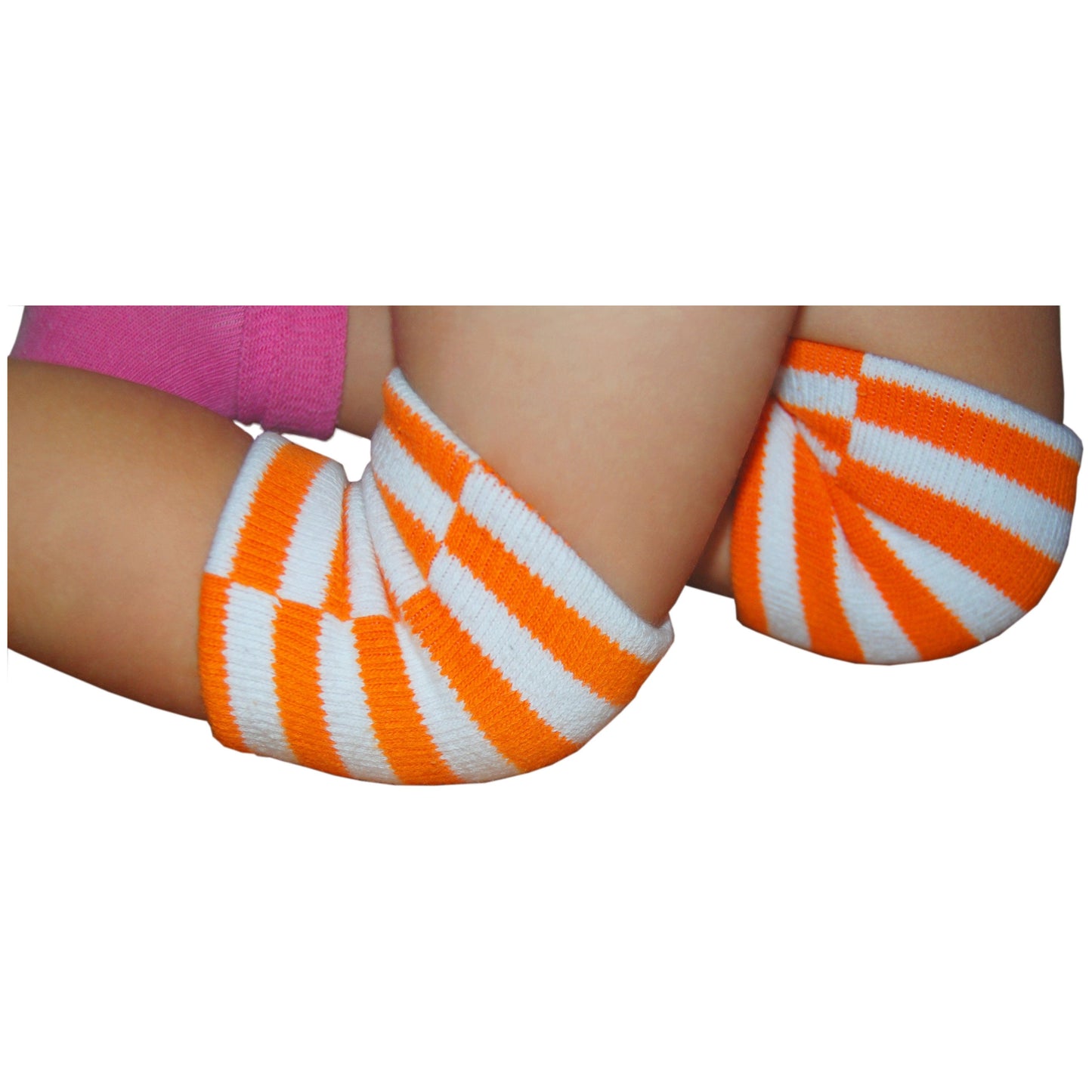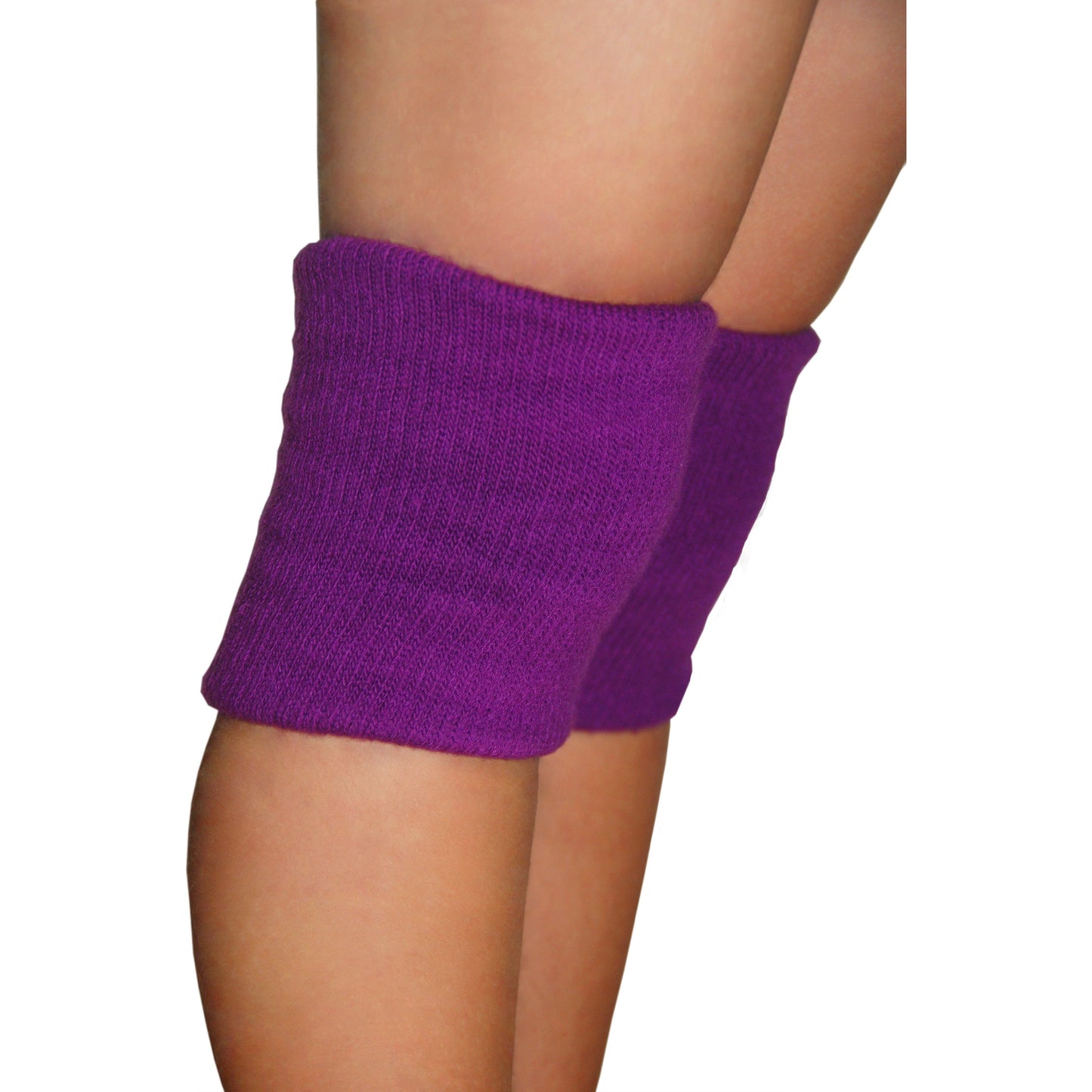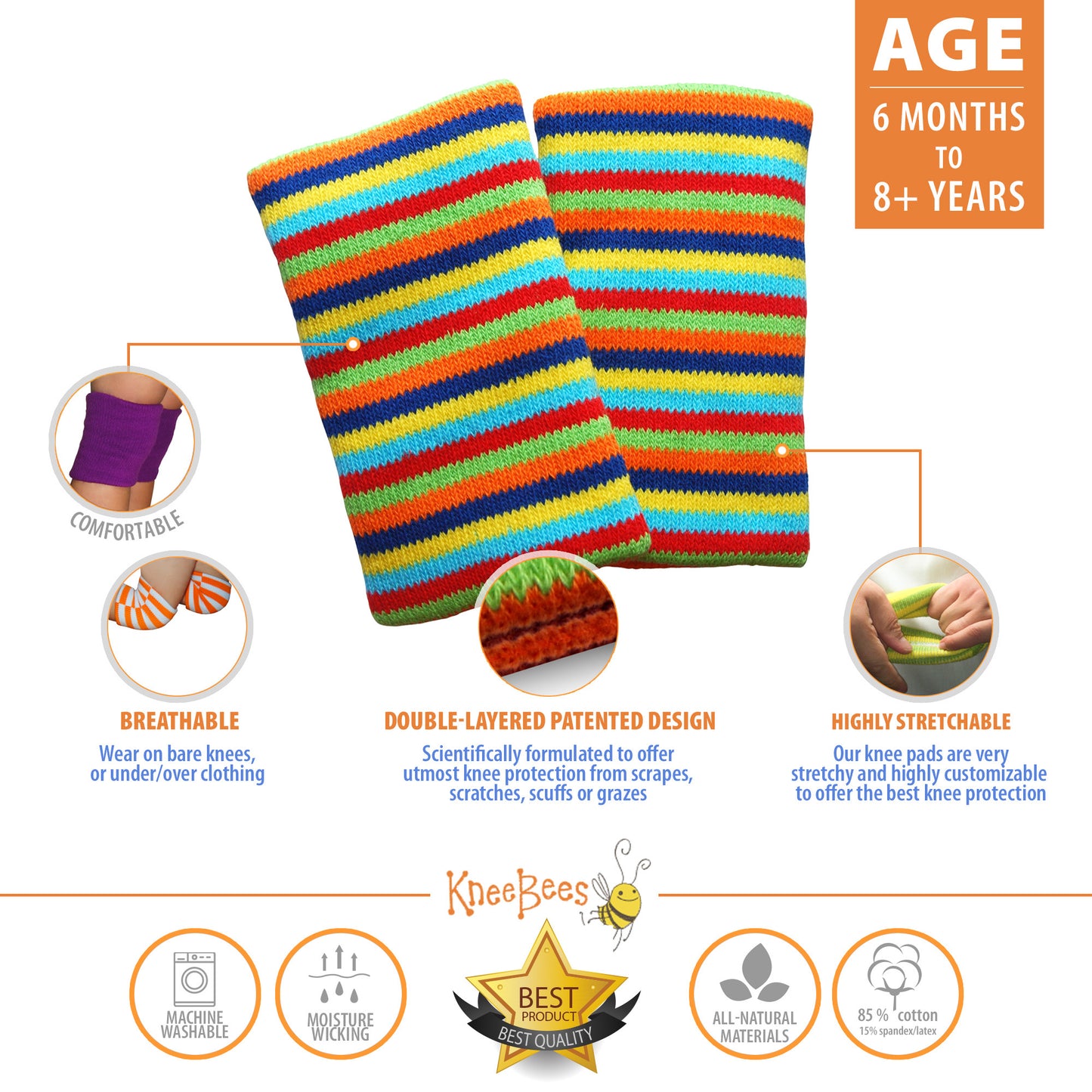This weekend bring excessive heat to NYC. It can be very dangerous, if proper precautions are not taken. We wanted to share these tips, taken directly from Red Cross website www.redcross.org on how to protect yourself and your loved ones in this weather.

"In recent years, excessive heat has caused more deaths than all other weather events, including floods. A heat wave is a prolonged period of excessive heat, generally 10 degrees or more above average, often combined with excessive humidity.
You will likely hear weather forecasters use these terms when a heat wave is predicted in your community:
Excessive Heat Watch - Conditions are favorable for an excessive heat event to meet or exceed local Excessive Heat Warning criteria in the next 24 to 72 hours.
Heat Advisory - Heat Index values are forecasting to meet locally defined advisory criteria for 1 to 2 days (daytime highs= 100-105° Fahrenheit).
Excessive Heat Warning - Heat Index values are forecasting to meet or exceed locally defined warning criteria for at least 2 days (daytime highs= 105-110° Fahrenheit).

Prepare for Heat Waves
Listen to local weather forecasts and stay aware of upcoming temperature changes.
Be aware of both the temperature and the heat index. The heat index is the temperature the body feels when the effects of heat and humidity are combined.
Discuss heat safety precautions with members of your household. Have a plan for wherever you spend time— home, work and school—and prepare for power outages.
Check the contents of your emergency disaster kit in case a power outage occurs.
Know those in your neighborhood who are elderly, young, sick or overweight. They are more likely to become victims of excessive heat and may need help.
If you do not have air conditioning, choose places you could go to for relief from the heat during the warmest part of the day (schools, libraries, theaters, malls).
Be aware that people living in urban areas may be at greater risk from the effects of a prolonged heat wave than are people living in rural areas.
Get trained in First Aid to learn how to treat heat-related emergencies.
Ensure that your animals' needs for water and shade are met.

What To Do During a Heat Wave
Listen to a NOAA Weather Radio for critical updates from the National Weather Service (NWS).
Never leave children or pets alone in enclosed vehicles.
Stay hydrated by drinking plenty of fluids even if you do not feel thirsty. Avoid drinks with caffeine or alcohol.
Eat small meals and eat more often.
Avoid extreme temperature changes.
Wear loose-fitting, lightweight, light-colored clothing. Avoid dark colors because they absorb the sun’s rays.
Slow down, stay indoors and avoid strenuous exercise during the hottest part of the day.
Postpone outdoor games and activities.
Use a buddy system when working in excessive heat.
Take frequent breaks if you must work outdoors.
Check on family, friends and neighbors who do not have air conditioning, who spend much of their time alone or who are more likely to be affected by the heat.
Check on your animals frequently to ensure that they are not suffering from the heat.
How to Treat Heat-Related Illnesses
During heat waves people are susceptible to three heat-related conditions. Here’s how to recognize and respond to them.
Heat Cramps
Heat cramps are muscular pains and spasms that usually occur in the legs or abdomen. Heat cramps are often an early sign that the body is having trouble with the heat.
Get the person to a cooler place and have him or her rest in a comfortable position. Lightly stretch the affected muscle and gently massage the area.
Give an electrolyte-containing fluid, such as a commercial sports drink, fruit juice or milk. Water may also be given. Do not give the person salt tablets.
Heat Exhaustation
Heat exhaustion is a more severe condition than heat cramps. Heat exhaustion often affects athletes, firefighters, construction workers and factory workers. It also affects those wearing heavy clothing in a hot, humid environment.
Signs of heat exhaustion include cool, moist, pale, ashen or flushed skin; headache; nausea; dizziness; weakness; and exhaustion.
Move the person to a cooler environment with circulating air. Remove or loosen as much clothing as possible and apply cool, wet cloths or towels to the skin. Fanning or spraying the person with water also can help. If the person is conscious, give small amounts of a cool fluid such as a commercial sports drink or fruit juice to restore fluids and electrolytes. Milk or water may also be given. Give about 4 ounces of fluid every 15 minutes.
If the person’s condition does not improve or if he or she refuses water, has a change in consciousness, or vomits, call 9-1-1 or the local emergency number.

Heat Stroke
Heat stroke is a life-threatening condition that usually occurs by ignoring the signals of heat exhaustion. Heat stroke develops when the body systems are overwhelmed by heat and begin to stop functioning.
Signs of heat stroke include extremely high body temperature, red skin which may be dry or moist; changes in consciousness; rapid, weak pulse; rapid, shallow breathing; confusion; vomiting; and seizures.
Heat stroke is life-threatening. Call 9-1-1 or the local emergency number immediately.
Rapidly cool the body by immersing the person up to the neck in cold water, if possible OR douse or spray the person with cold water.
Sponge the person with ice water-doused towels over the entire body, frequently rotating the cold, wet towels.
Cover the person with bags of ice.
If you are not able to measure and monitor the person’s temperature, apply rapid cooling methods for 20 minutes or until the person’s condition improves."


